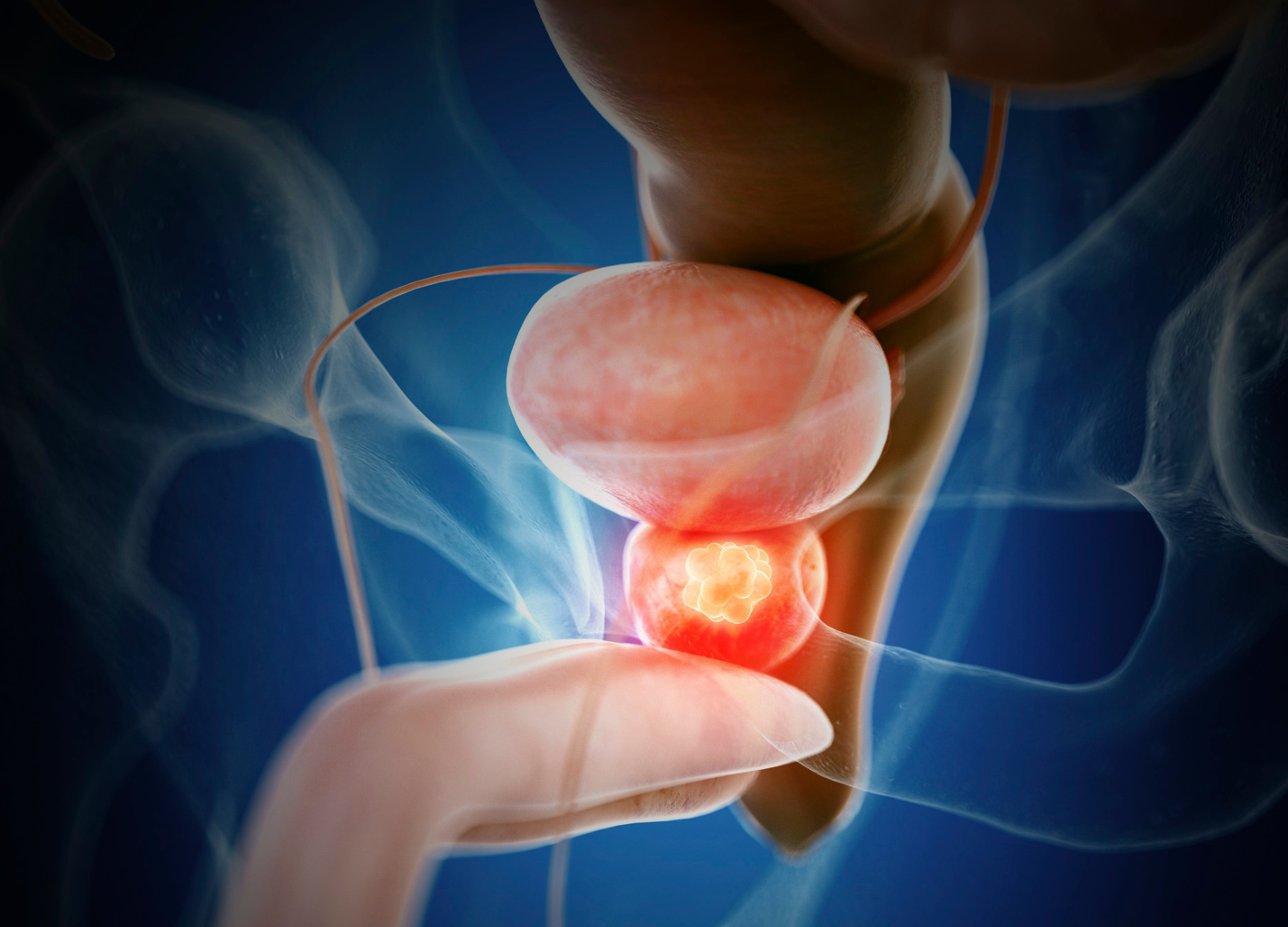Mr Neil Barber
Consultant Urological Surgeon
Specialist expertise: Men's Health, Urology, BPH Treatment and Surgery, Prostate Cancer Diagnostics, Penoscrotal Surgery and Robotic Kidney Surgery.
TURBT is used to treat and stage bladder cancer. It can treat more than 75% of cases of bladder cancer without the need for removing the bladder.

TURBT stands for transurethral resection of bladder tumour. It is generally performed under general or regional anaesthetic and mainly performed as a day case surgery. Traditionally, the procedure is performed using an electricity source via a diathermy machine. However, recently, multiple institutions have developed the use of laser en-bloc resection technique. This new cutting edge technique will revolutionise the delivery of safe day case surgery. Furthermore, multiple projects are currently underway to establish the added advantages of using laser instead of the traditional diathermy module in terms of less bleeding, bladder perforation and delivery of postoperative intravesical chemotherapy.
TURBT is used to treat and stage bladder cancer. It can treat more than 75% of cases of bladder cancer without the need for removing the bladder. An additional further treatment might be required in some cases. Once the tumour is removed histopathological assessment will help differentiate with non-muscle invasive or muscle invasive bladder cancer. Furthermore, we can risk stratify non-muscle invasive bladder cancer to low, intermediate or high risk groups.
In certain instances, MRI can be used to evaluate the level of invasion prior to TURBT which will help establish the level of invasion of tumour prior to TURBT. The VIRAD score is used to help urologists determine the chances of muscle invasion and further define the level of invasion within the muscle layer. In highly selected muscle invasive cases, TURBT can be combined with chemoradiotherapy to achieve cure without the need for radical cystectomy.
The procedure involves either general or regional anaesthetic, the surgeon will then introduce a special device with camera via the urethra to aid visualising the tumour. Instruments will then be introduced to the bladder via the device to remove or biopsy the tumour. Generally, small tumours are likely removed en-bloc as a method of achieving complete removal, reducing tumour spillage and providing information in terms of staging and histology. For larger tumours > 3cms piecemeal technique is used to cut the tumour into little fragments and then removed using suction devices. Careful attention will then be given to stop any bleeding blood vessels. In certain cases when the tumour size is too large to be removed endoscopically, biopsies are taken for histopathological assessment and then further treatment will be decided subsequently.
After the procedure, the urologist might decide to insert a urethral catheter to insert chemotherapy to the bladder post resection to reduce the risk of recurrence. This is usually drained after one hour. Other uses of the catheter post surgery will be to aid bladder irrigation ro clear any debris or blood clots. This is usually removed the same day or next day and patients will be discharged home after checking that they are able to pass urine satisfactorily.
TURBT is a minimally invasive procedure and therefore recovery is usually rapid. Most patients are discharged either the same day or the day after surgery. However, most patients still complain of minor symptoms such as frequency, urgency to pass urine and some discomfort while passing urine. Generally, patients are advised to increase their fluid intake post surgery, avoid any straining, heavy lifting or strenuous exercise for a period of 3-4 weeks.
Return to normal activities is usually recommended at around 4-6 weeks depending on the size of tumour or any associated complications post surgery.
Minor side effects are common post TURBT such as risk of infection and bleeding. In certain instances, some patients might experience heavy bleeding that might last for a few days after surgery. On rare occasions, patients are required to undergo another procedure to stop the bleeding, remove any large clots and start bladder irrigation.
More significant risks are rare, injury to the bladder, urethra and ureter can happen post TURBT. This if recognised immediately can be repaired and patients will have to stay in hospital for slightly longer time. In addition, a temporary draining stent or urethral catheter has to be left in till full healing is ensured.
Anaesthetic risk is related to the patients health and fitness, occasional chest infection, stroke, cardiovascular problems can happen after surgery. All these factors should be assessed prior to surgery to reduce the risk of their occurrence.
Currently selected day
Available consultations
Introduction
Treatment
No longer than 40 minutes
Preparation
Stop eating and drinking the night before
Risks
Infection, bleeding
Aftercare
Rest, wearcompression socks
The specialists at OneWelbeck Men's Health use the latest innovations in healthcare to accurately diagnose and treat a wide range of urological conditions.